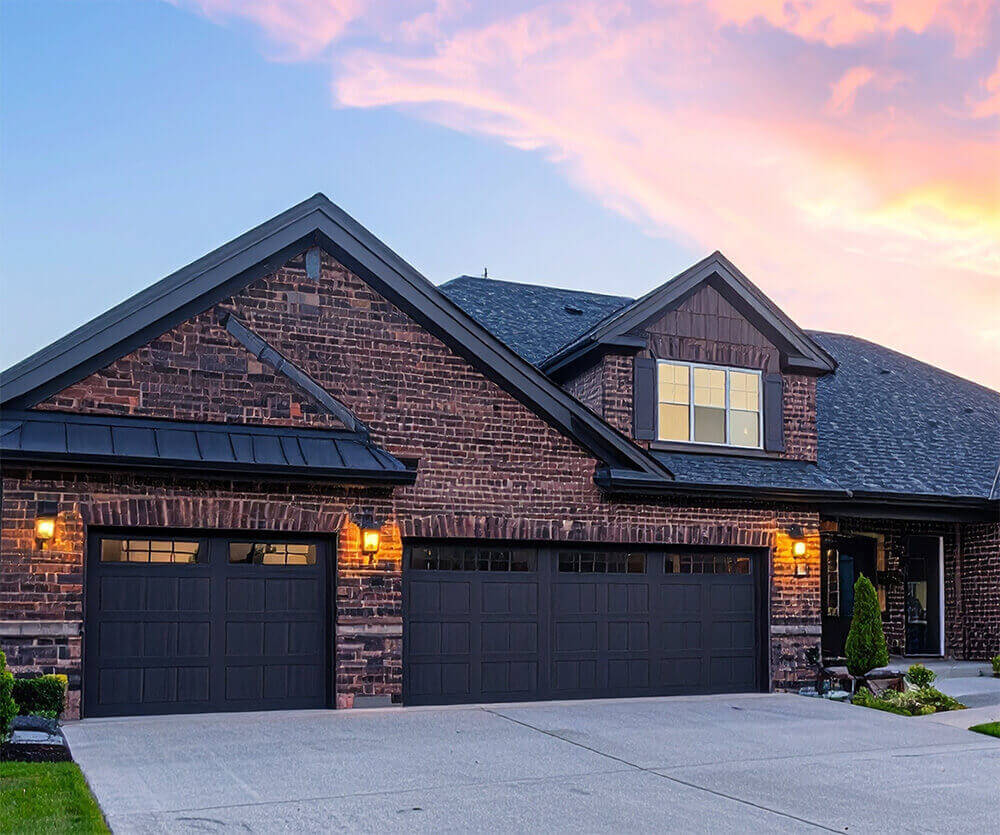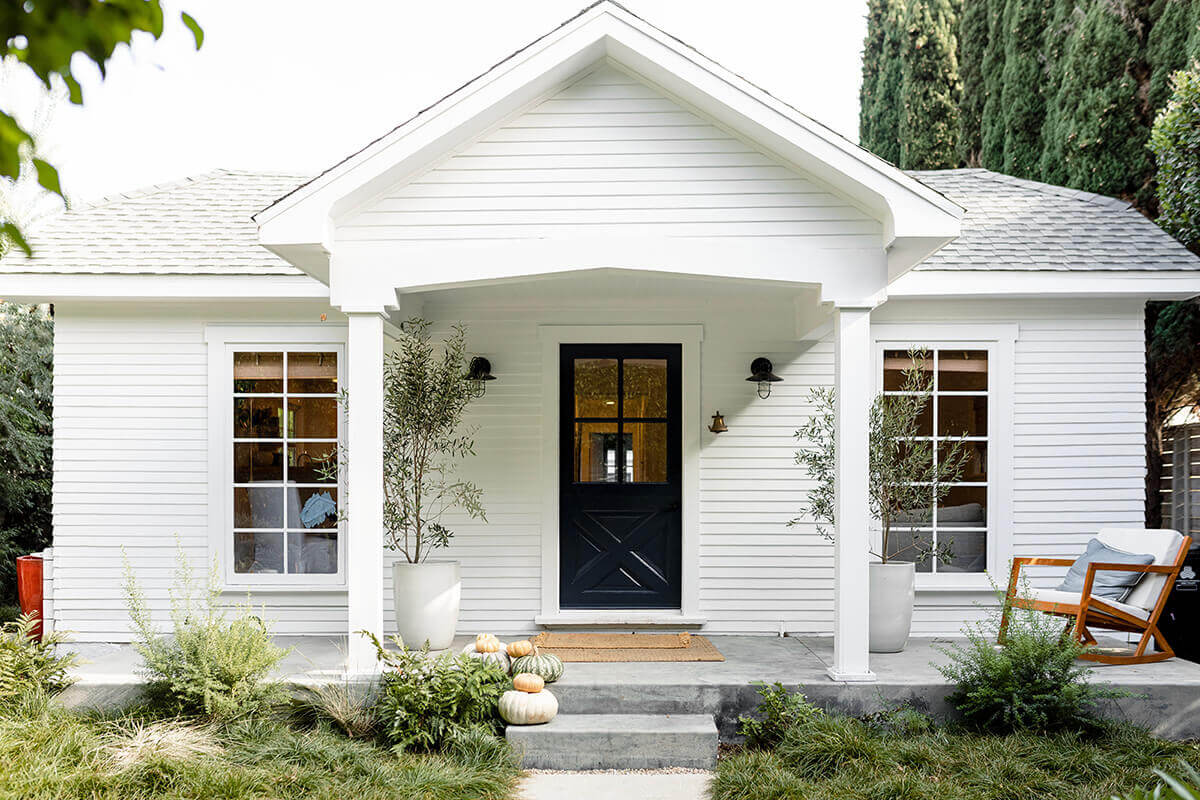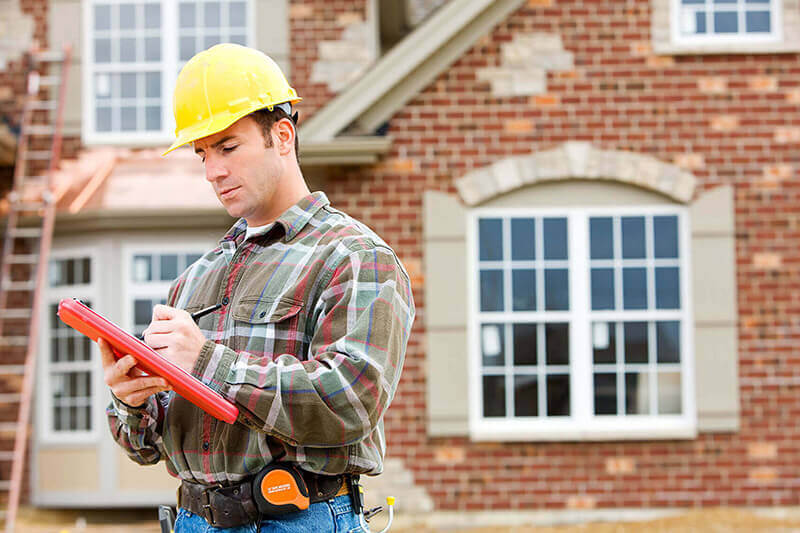Multi-family home examples
Any residential property with more than one housing unit can be classified as a multi-family home. Owners can live in one of these units, in which case it’s known as an owner-occupied property. The owner will receive rental income from leasing the units to individuals or families. Here are some common examples of multi-family homes.
-
Duplex
A duplex is a single house that has been split into two units. Each unit will have a separate entrance and living area, with no shared bathrooms, kitchen, or living space.
How much should property managers charge for rent? When renting a home, most follow the 1% rule, meaning the monthly rent should be 1% of the home’s total value. So if the total value of the property is $300,000, the total rent should be $3,000. So each duplex would be $1,500 per month.
-
Triplex
A triplex is a house that has been split into three units. Like duplexes, each unit in a triplex usually has its own entrance, kitchen, bathroom, and living space. Triplexes can have various layouts, such as side-by-side units or one unit on top with two below.
Multi-family home financial advantages
There are many pros and cons to owning a multi-family property. While real estate can be a major investment, you’ll gain numerous financial advantages from owning and renting a multi-unit property.
-
Passive income
The greatest advantage of owning a rental property is you’ll have a steady stream of passive income from your tenants. In fact, the more units you’re able to rent, the more income you’ll generate from your rental business. While you’ll still be responsible for upkeep, you can generally write off business expenses from your annual income taxes.
-
Investment potential
While property owners receive income in the form of rent payments, the multi-family home is itself a tangible asset, one that typically appreciates in value.
Investors commonly speak of real estate as a “buy and hold” investment. This means that you’ll purchase a real estate property today and then sell it for a substantial profit several years down the line. If you time the market strategically, you stand to reap major rewards from your real estate property.
-
Diversification
Investors also speak of “diversification,” which means that they distribute their investments across multiple asset classes.
For instance, you might invest in the stock market, but that places your money at risk if your chosen company underperforms. Investing in tangible assets such as real estate ensures that your investments are diversified across multiple types of assets, which can help you in a struggling economy.
Single-family vs. multi-family investing
To be clear, real estate investing doesn’t always require that you purchase a property with multiple housing units. Single-family homes can also make great investments. But how does owning a single-family house compare to investing in a multi-family unit?
-
Benefits of single-family investing
Single-family homes offer several advantages, including:
- Lower vacancy rates
- Higher demand for renters vs. multi-unit properties
- Higher rent payments
Additionally, when you’re ready to sell the property, you’ll likely find a larger pool of potential buyers for a single-family home vs. a multi-unit investment property.
-
Benefits of multi-family investing
On the other hand, a multi-family property offers greater economic potential than a single-family unit for the following reasons:
- More units will provide more opportunities for income
- More units will make it easier to scale your rental business
- More units will lower the impact of vacancies in one or two units
While multi-family units require a larger initial investment, the income from multiple units will provide a greater source of monthly income than solely owning a single-family home.
What to look for when buying a multi-family home
Are you thinking about buying a multi-family home? Before you do, here are some of the most important factors to consider:
- Find the ideal location where you’ll have an easier time securing renters
- Partner with a real estate agent with experience in multi-family properties
- Consider the number of units and amenities available
- Evaluate the condition of the building (will it need repairs before renting?)
- Determine local price rates to ensure your property remains competitive
- Avoid properties that have a frequent sales history; this points to problems
- Decide whether you will rent all the units or if you plan to live on the property
Additionally, you may want to consider your own exit strategy. If you invest in a multi-family home today, will you be able to sell the property and get clear of your investment? Failing to consider this may trap you in an investment property longer than you may prefer.
Final thoughts
Multi-family homes can provide a great source of income and a solid foundation for your investing future. By properly maintaining and marketing your investment property, you’ll be better equipped to keep a steady stream of tenants.
You can use your cash flow to build your personal wealth or invest in additional properties to scale your business. Either way, you’ll be investing in your future while offering your community another housing opportunity. If you’re not sure how to start, contact a real estate professional to discover your options for a multi-family home.











